Ethiopians love coffee. They incorporate coffee into important ceremonies. They sell it around the world. The are the GOAT of coffee, the original origin of coffee, or so the legend goes. One of my favourite local coffee suppliers, Level Ground Trading, sell a fair-trade Ethiopian roast that I adore. Ethiopians produce great coffee. Period.
I just got back from a couple of weeks in Addis Ababa, Ethiopia, a high energy city of 8 million people, I was on assignment as a Volunteer Advisor with the Canadian NGO, Catalyste+. My efforts were focused on communications support to the Ethiopian Chamber of Commerce and Sectoral Associations.
Now, you may ask – how the heck can you, Ben, work in the communications area with people from a very different culture.
Here’s how – we gain appreciation for our communication differences. We jointly proceed, from there.
Canada and Ethiopia are far apart on the communication continuum. One is low-context. The other is high-context.
Erin Meyer’s The Culture Map book is my go-to resource on all things cross-cultural. In addition to the book, I recommend using (I purchased) their Country Mapping Tool. The visual continuum above comes from her book. I’ve added the Canada-Ethiopia labels for clarity. The following distinctions between low- and high-context communications, and related strategies to bridge, are largely lifted directly from Meyer’s book.
The differences between low-context and high-context communications and how to deal with those differences
Low-Context: Good communication is precise, simple and clear. Messages are expressed and understood at face value. Repetition is appreciated if it helps clarify the communication.
High-Context: Good communication is sophisticated, nuanced and layered. Messages are both spoken and read between the lines. Messages are often implied but not plainly expressed.
Strategies for working with people from lower-context cultures:
- Be as transparent, clear and specific as possible.
- Start conversation by stating the main ideas, make your points clearly, and at the end of discussion recap what has been decided and what will happen next
- Assert your opinions transparently (show all your cards upfront)
- Let other person know when you are expecting them to read intended message between the lines – make this a habit
- If unsure if your message got thru, ask “am I clear enough?”
- Follow up with email on any uncertainty and state main conclusions in writing
Strategies for working with people from higher-context cultures
- Listen more carefully – listen to what is meant instead of what is said. Reflect more, ask more clarifying questions, and make effort to be more receptive to body language cues. “Read the air”.
- When stymied or frustrated by misunderstanding, self-deprecation, laughing at oneself, and using positive words to describe the other culture are always good options.
Strategies for working with multicultural collaborations
- Multicultural teams need low-context processes
- At end of any meeting, to verify communication took place:
- One person would recap the main points orally (rotate this task to a different person each meeting)
- Each person at meeting would summarize orally what he/she would do next
- One person would send out a written recap, again on a rotating basis
When should you put it in writing?
- The more low-context the culture, the more people tend to put everything in writing
- Many high-context cultures – particularly in Africa and Asia – have strong oral tradition – written documentation is considered less necessary
- If team with both low-context and high-context members – putting it in writing reduces confusion and saves time – but, make sure to explain up front why you are doing it
At home or abroad
Understanding our communication differences, associated with culture, and ways to bridge them is a valuable activity, at home or abroad. I’ve applied the low- and high-context communications strategies at home (eg. workshops for Intercultural Association of Greater Victoria), in my recent advocacy work with Quadra Village Community Centre, the heart of Victoria’s most diverse neighbourhood, and abroad, on multiple occasions with Catalyste+ (formerly CESO, Canadian Executive Services Overseas); e.g., in Bolivia.
Here’s a few other pictures I took from my time in Ethiopia. The coffee ceremony at the top of this post was connected to the inauguration of the new ECCSA Business Leadership Academy.
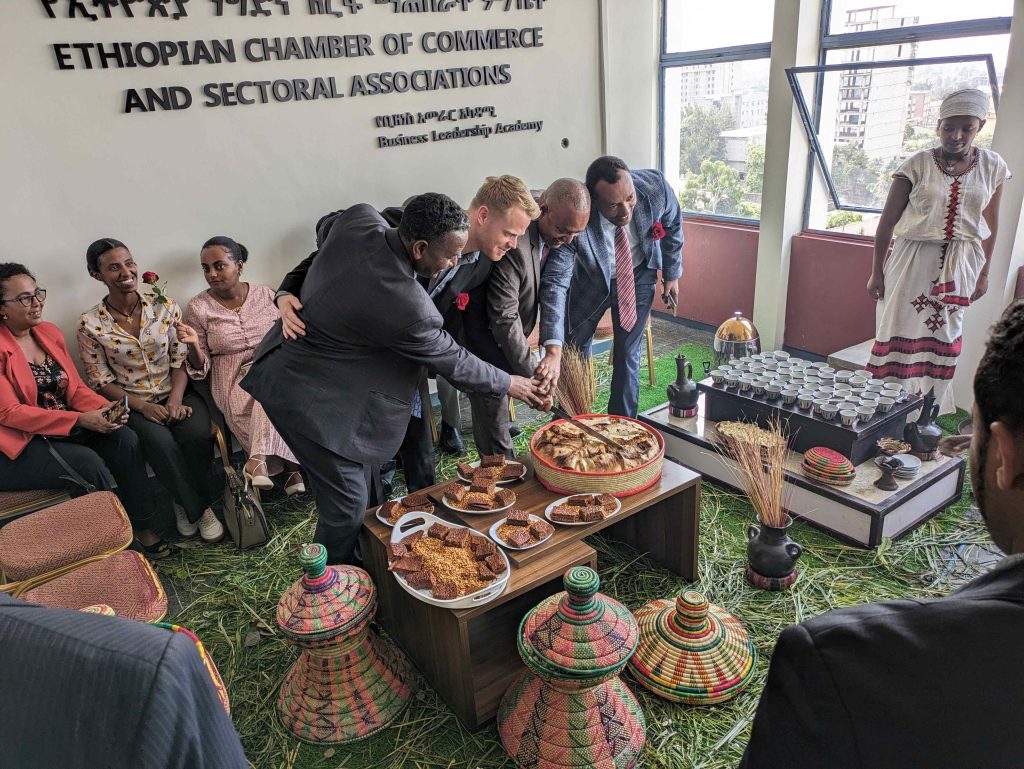

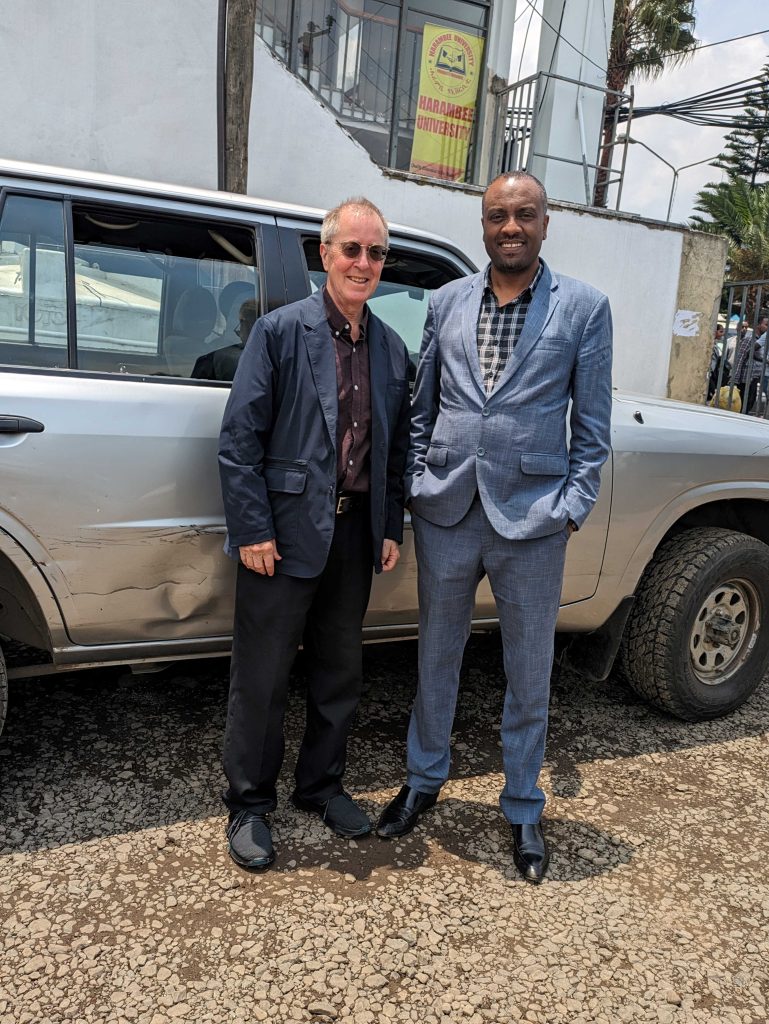
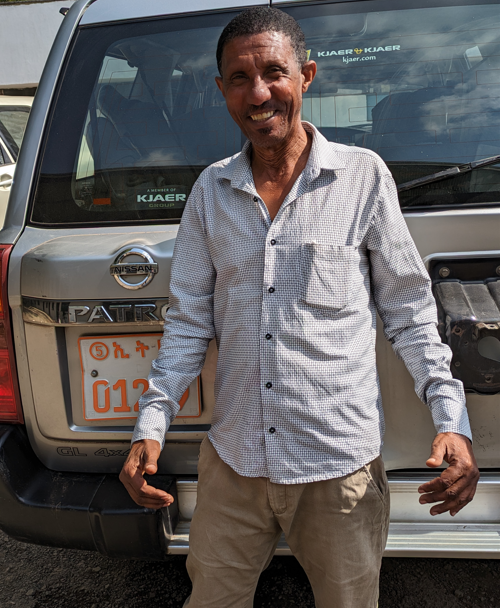
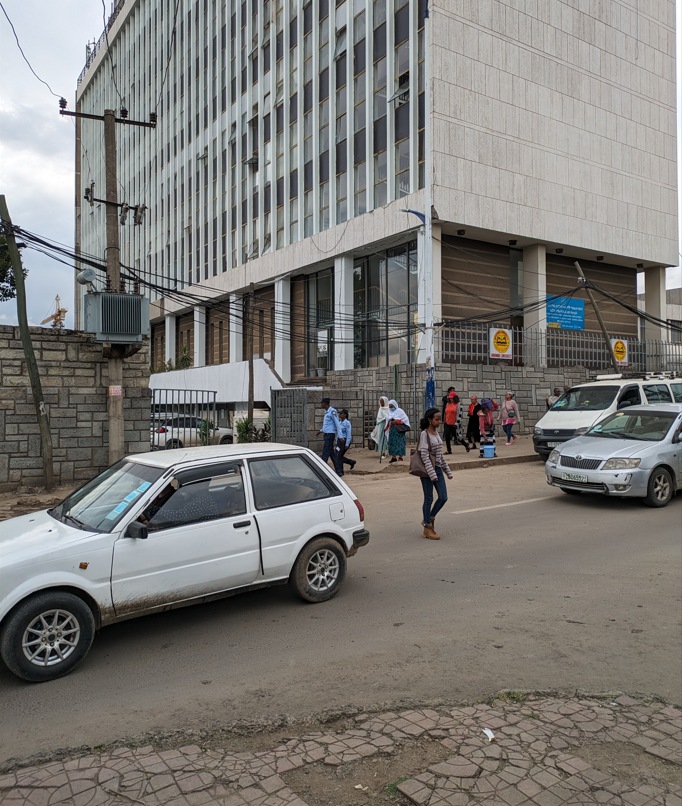

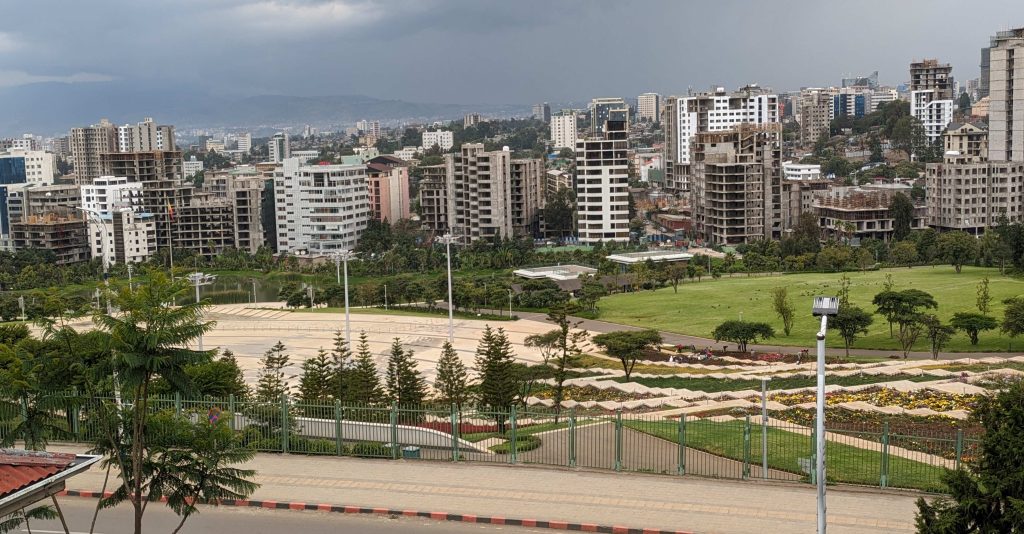
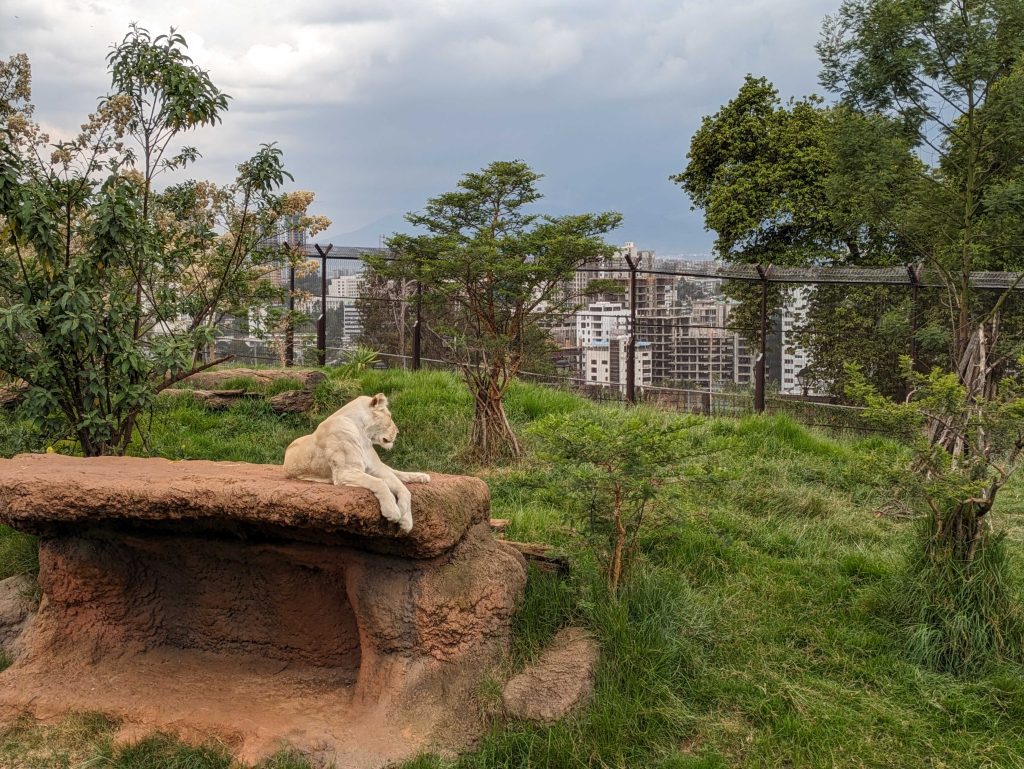

Speak Your Mind